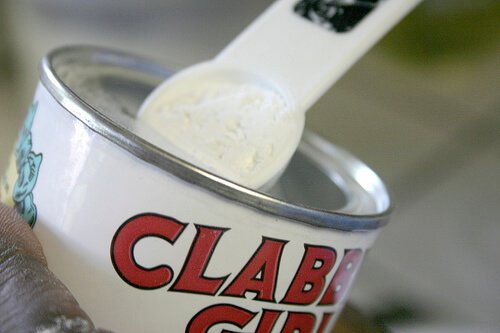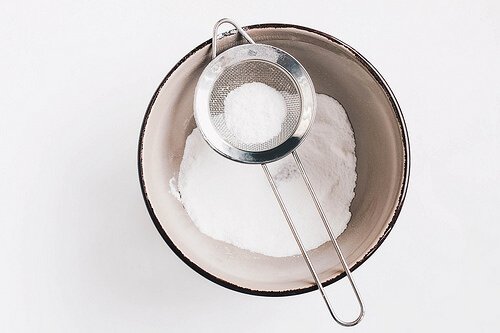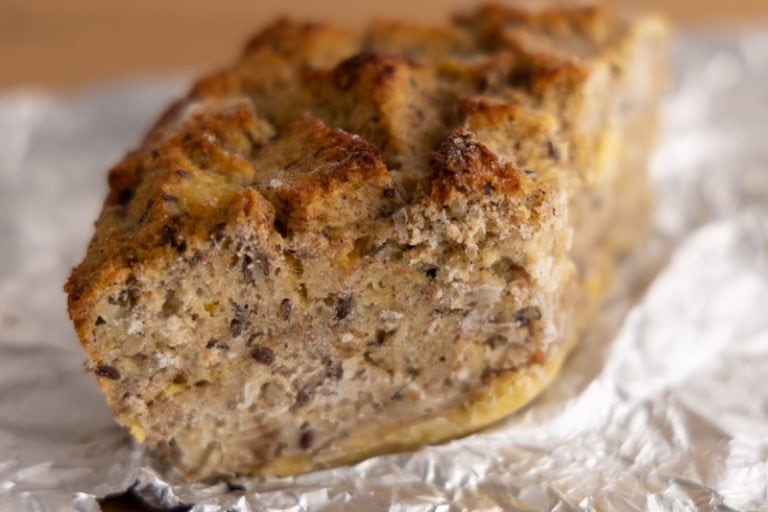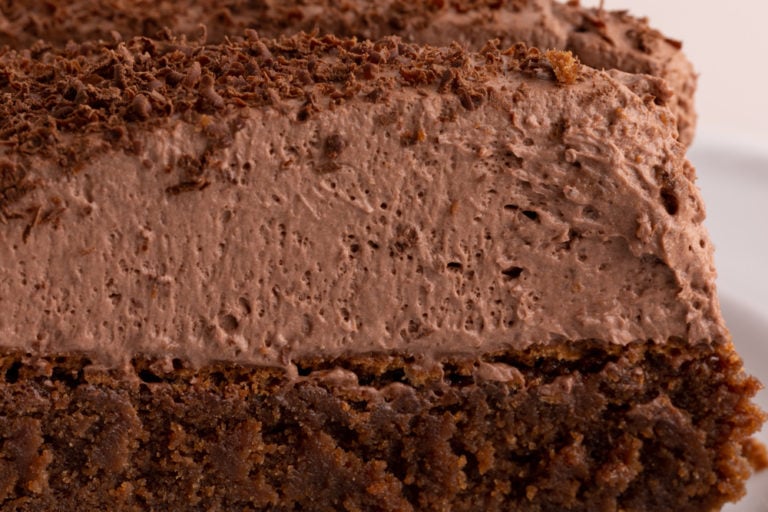Does Cream of Tartar Go Bad? [And How to Test if It’s Still Good]
I bet you don’t use cream of tartar that often. You probably don’t even remember when you bought the package you’re using right now.
And after a few years of storage, you probably wonder: does cream of tartar go bad?
Since cream of tartar (or potassium bitartrate) is in powdered form, you might assume it lasts forever. But since it’s often used in baking as an anti-caking and thickening agent, you suspect it’s somewhat similar to baking soda or baking powder. That means it probably gradually loses potency.
And as it turns out, you’re quite right.
If you’d like to learn about storage, shelf life, and potency of cream of tartar, this article is for you. Keep reading.

Image used under Creative Commons from Melissa Wiese
Does Cream of Tartar Go Bad?
Cream of tartar doesn’t go bad as long as water doesn’t get to it, which means it can stay safe to use indefinitely. But it doesn’t retain potency forever, and after a couple of years of storage, you won’t get the same results you’d get from a fresh package.
Fortunately, you don’t have to rely on the best-by date printed on the label or guess if your 3 months expired cream of tartar is still potent. There’s a simple way to test if it’s still good.
How to Test if Cream of Tartar Is Still Good?
To check if your cream of tartar is still usable, combine 1/2 teaspoon of cream of tartar with 1/4 teaspoon of baking soda in a glass mug. Then, pour about half a cup of hot water into that mug and give it a stir.
If the mixture generates foam, the cream of tartar is still usable for baking, stabilizing egg whites and whipped cream, and so on.
A combination of two parts cream of tartar and one part of baking soda is often used as homemade baking powder. And the easiest way to tell if baking powder is still potent is to pour hot water over it.
Knowing that, let’s talk about how long cream of tartar is usually good for.
How Long Does Cream Of Tartar Last
| Pantry | |
|---|---|
| Cream of tartar (unopened or opened) | Best-by + 3 – 6 months |
Cream of tartar lasts a couple of months beyond the printed date before it loses potency. If yours is “expired,” make sure you test its potency using the instructions outlined above before using it in a dish. This way, you don’t end up with texture issues or unleavened baking goods.
Cream of tartar typically has quite a long shelf life, like four years from its production, and it’s not like it loses its potency a few days past the printed date.
After Expiration Date
The best-by date on the label is only an estimate of how long the acidic powder should retain quality, and a pretty safe one. That’s why you can safely assume that your cream of tartar should work fine for at least a couple of months past it.
That said, it’s always best to check its potency instead of relying on the printed date. This way, you know for sure if it works or doesn’t. Assuming that your baking soda is still potent, of course.

How to Store Cream of Tartar
You should store cream of tartar the same way you store its friends, baking soda and baking powder. That means it should sit in a cupboard away from sources of heat and sunlight. While the pantry is the perfect place for it, the kitchen is a slightly more practical choice. That’s especially true if you use cream of tartar more often than once a year.
Like other powdered products, cream of tartar tends to draw moisture from the air. Because of that, once you open the container, you need always to keep it tightly sealed.
If cream of tartar comes in paper packaging, it’s better to pour the powder into a small jar after opening the package. Paper packaging gives little protection against moisture or any strong odors. Or anything else, for that matter.

When to Toss Cream of Tartar?
Unless water gets to the container, cream of tartar doesn’t spoil. And even if a small amount of moisture finds its way into the jar, it probably won’t make it grow mold.
Instead, it will likely form a few small clumps, that you can get rid of by breaking them up using a fork, running the powder through a spice grinder or a sieve, or by using mortar and pestle.
But if more moisture gets into the jar, the powder will go bad.
If it has turned into a solid lump, or there is any mold or any other organic growth on the surface, it’s time for it to go. Same thing if has changed color or there are some dark specks here and there.
An off odor is a sure sign you should discard the powder as well.
Rotten Records: Share Your Snap!
Caught some food past its prime? Upload your photo to “Rotten Records” and help others spot the signs of spoilage. Every image makes our food community safer and more informed!

![Does Baking Powder Go Bad? [And How to Tell if It’s Still Good]](https://www.doesitgobad.com/wp-content/uploads/bakingpowder.jpg)
![Does Almond Flour Go Bad? [Storage, Shelf Life, and Expiration]](https://www.doesitgobad.com/wp-content/uploads/Blanched_Almond_Flour__The_Gluten_Free_Almond_Flour_Cookbook.jpg)


![How Long Does Leftover Pizza Last? [In the Fridge or Sitting Out]](https://www.doesitgobad.com/wp-content/uploads/Pizza-in-carton-768x512.jpg)